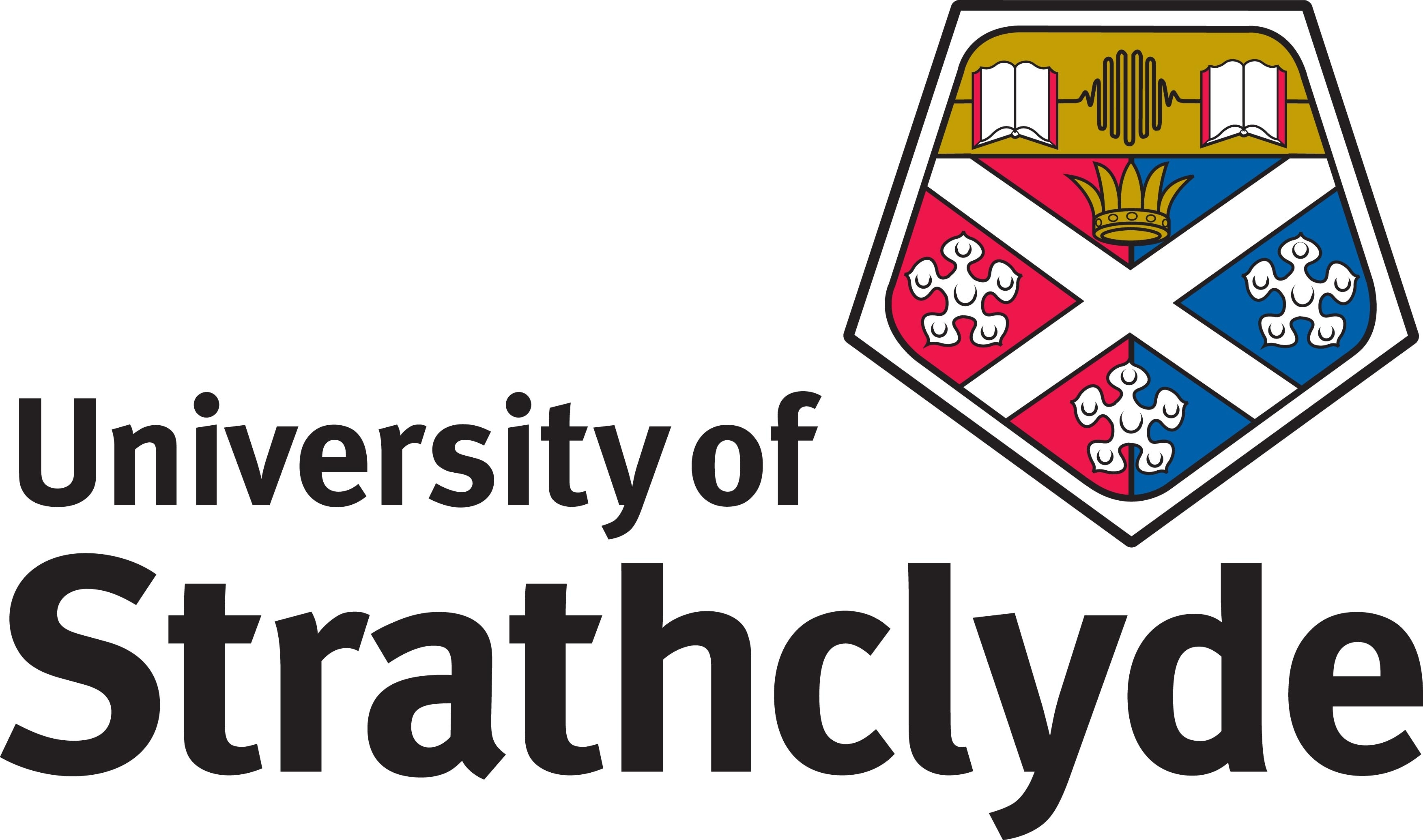About the Project
Principle Investigator: Dr Katherine Kwa
To achieve the UK’s 2050 floating offshore wind ambitions and targets, the necessary anchoring requirements under current design paradigms equates to approximately 3,400 to 4,500 anchors installed per year, a 10-15 times increase in current installation rates. These quantities far exceed the current supply chain capacity. Anchor optimisation is needed to reduce overall demand and improve system efficiencies. Current anchor design has evolved from the oil and gas sector, involving a very cautious approach to safety factors due to pollution and human safety risks. This conservatism is not feasible for farm-scale floating offshore renewable energy infrastructure, that has reduced risks with respect to pollution and human safety. Different limit states and risk profiles can be tolerated if accurately determined and quantified.
The proposed research focuses on: (i) the development of a novel probabilistic surrogate modelling approach; and (ii) the application of this to whole-life anchor design for floating offshore renewable energy applications. Whole-life geotechnical design is a new frontier in offshore geotechnics. It accounts for changing seabed properties around foundations or anchors throughout the lifetime of the infrastructure. Variable loads are transmitted to the anchoring systems from environmental conditions acting on the infrastructure (i.e. from winds and waves) and this can lead to strengthening of the surrounding seabed and the increase of anchor holding capacity.
A machine learning approach will be adopted to produce a surrogate model, which characterises the distribution of anchor loading as a function of environmental conditions. The surrogate model will enable fast generation of random time series of anchor loads, enabling the changes in seabed strength over the lifetime to be captured. The tools for fitting the surrogate model will be released as an open-source software package, which anchor designers can use to optimise anchor sizes with targeted reliability levels. This will unshackle traditional anchor design from the semi-probabilistic partial factor methods inherited from oil and gas practices, and unlock more cost-effective and efficient designs.











